E-commerce Growth
The growth of e-commerce is significantly impacting the Digital Printing Market, as online retailers increasingly require efficient and effective printing solutions. With the rise of direct-to-consumer models, businesses are seeking digital printing technologies that can accommodate rapid production and fulfillment of customized orders. This trend is expected to drive market expansion, with projections indicating that e-commerce-related printing could account for nearly 25% of the overall market by 2026. As e-commerce continues to flourish, the demand for innovative packaging and promotional materials will likely increase, further propelling the Digital Printing Market forward.
Sustainability Trends
Sustainability trends are profoundly influencing the Digital Printing Market, as consumers and businesses alike prioritize eco-friendly practices. The demand for sustainable printing solutions, such as water-based inks and recyclable materials, is on the rise. Companies are increasingly adopting digital printing technologies that minimize waste and energy consumption, aligning with global sustainability goals. Recent statistics reveal that the market for sustainable printing is projected to grow by approximately 7% annually, reflecting a shift towards environmentally responsible practices. This trend not only enhances brand reputation but also positions businesses favorably within the Digital Printing Market, as they cater to the growing consumer preference for sustainable products.
Technological Advancements
The Digital Printing Market is experiencing rapid technological advancements that enhance printing capabilities and efficiency. Innovations such as high-speed inkjet printing and digital textile printing are transforming traditional processes. These advancements allow for faster production times and improved print quality, which are crucial for meeting the demands of various sectors. According to recent data, the adoption of advanced printing technologies is projected to increase market growth by approximately 5% annually. Furthermore, the integration of artificial intelligence and machine learning in printing processes is likely to optimize operations, reduce waste, and lower costs, thereby attracting more businesses to the Digital Printing Market.
Customization and Personalization
Customization and personalization are becoming pivotal drivers in the Digital Printing Market. As consumers seek unique and tailored products, businesses are leveraging digital printing technologies to offer personalized solutions. This trend is particularly evident in sectors such as packaging, textiles, and promotional materials, where individualized designs can significantly enhance customer engagement. Market analysis suggests that the demand for personalized products is expected to grow by over 10% in the next few years, indicating a substantial opportunity for companies within the Digital Printing Market. By embracing customization, businesses can differentiate themselves and foster stronger connections with their target audiences.
Rising Demand for Short-Run Printing
The Digital Printing Market is witnessing a notable rise in demand for short-run printing solutions. Businesses are increasingly seeking to produce smaller quantities of customized products, which traditional printing methods struggle to accommodate efficiently. This shift is driven by the need for rapid turnaround times and the ability to respond to market trends swiftly. Data indicates that short-run printing is expected to account for a significant portion of the market, with estimates suggesting it could represent over 30% of total printing volume in the coming years. As a result, digital printing technologies are becoming essential for companies aiming to remain competitive in the evolving landscape of the Digital Printing Market.
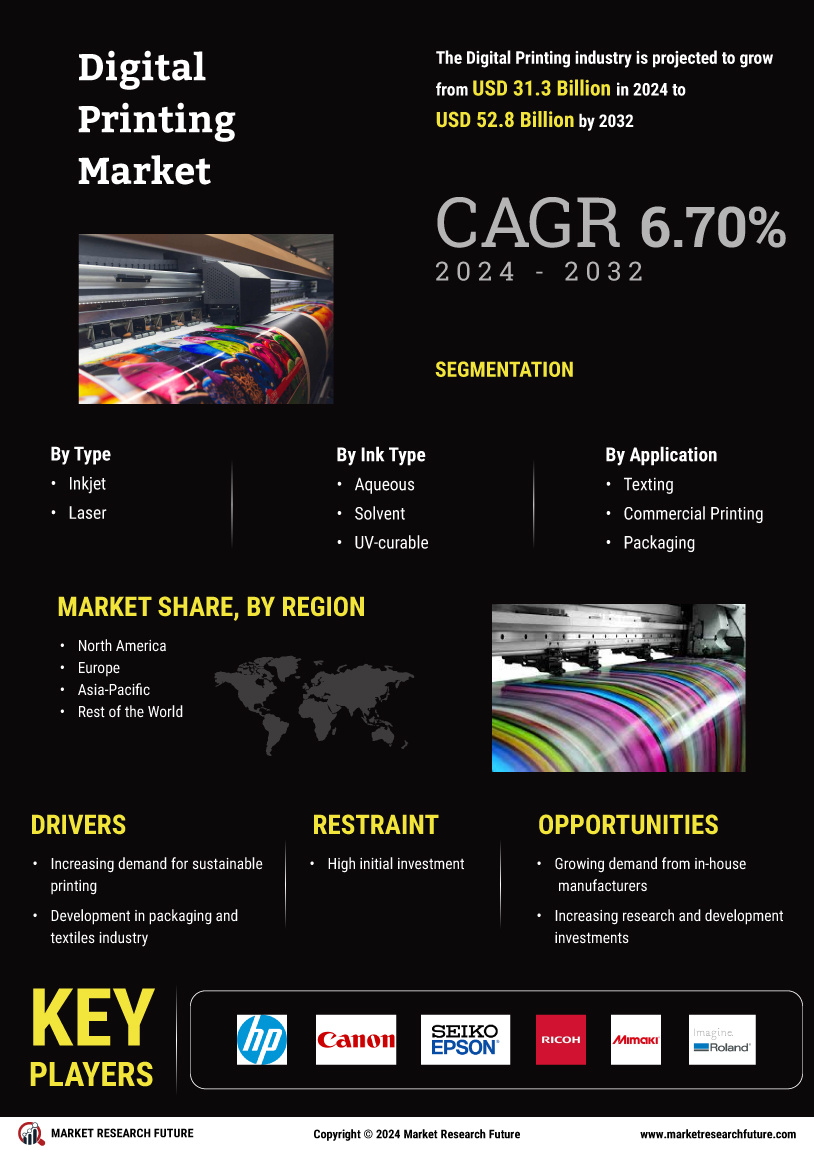
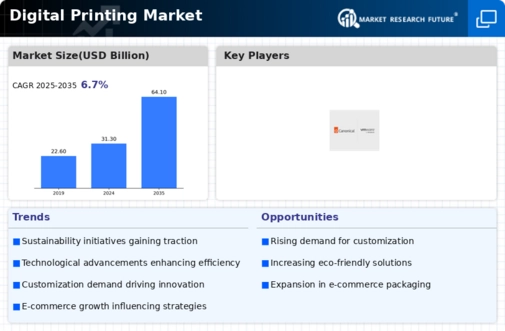
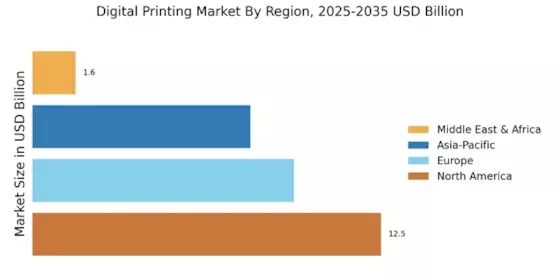
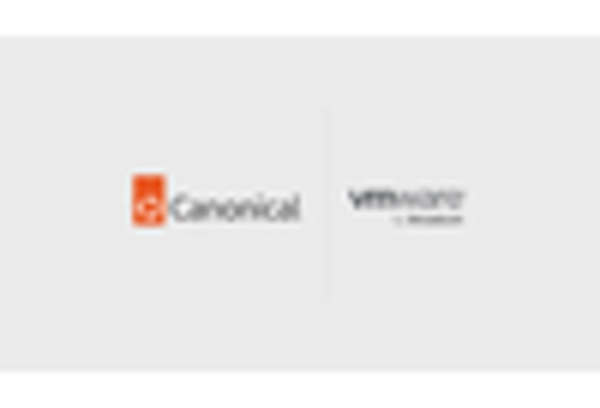
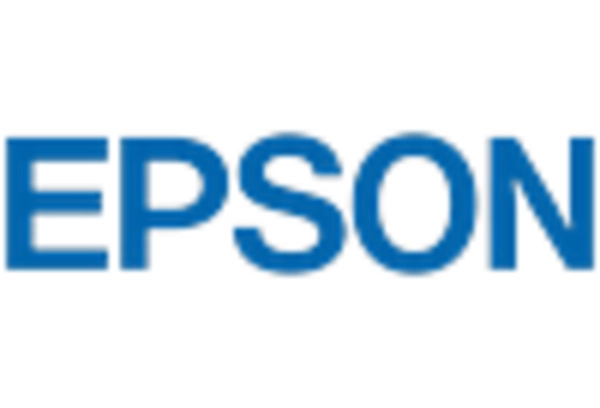
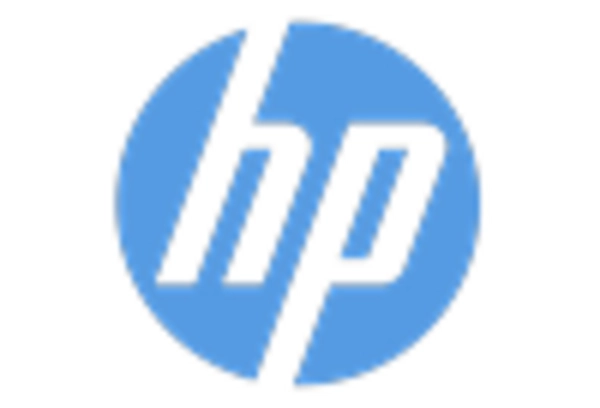

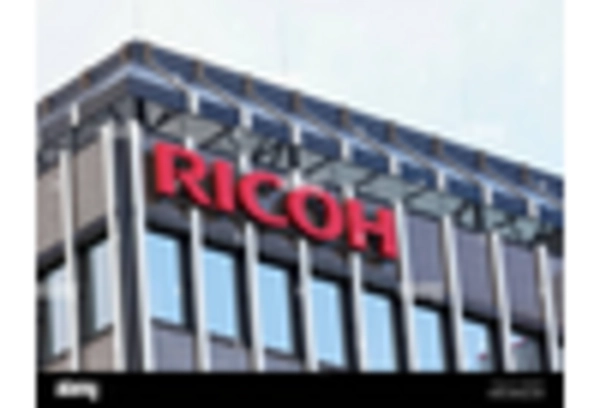
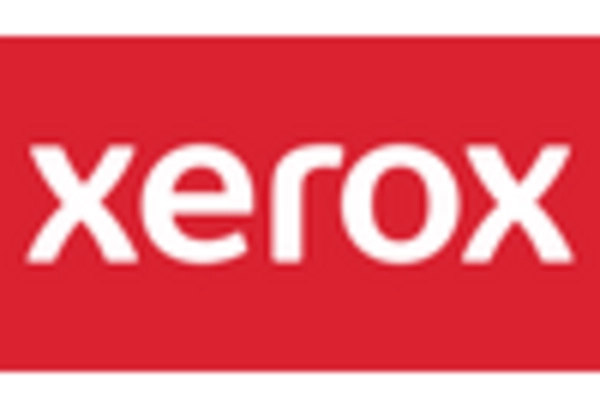








Leave a Comment